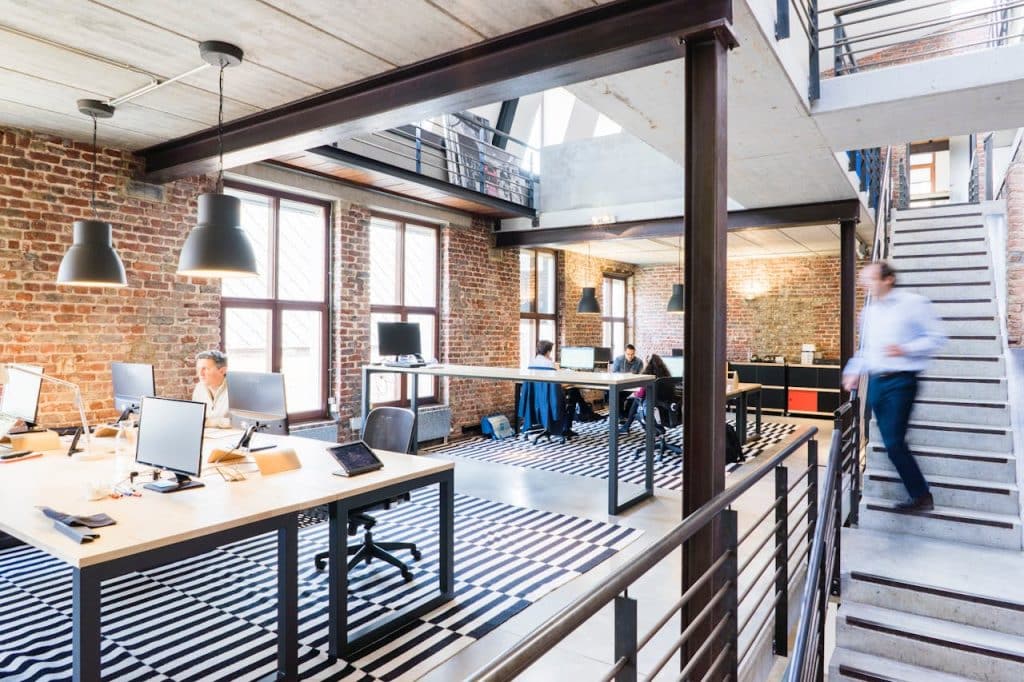5 Reasons You Should Include a New Roof in Your Next Office Renovation

Office renovations involve a variety of factors, ranging from interior design to structural improvements. Among these, the roof is sometimes disregarded but is quite important for the general state and efficiency of the construction. A new roof can be a great investment with many advantages, improving the quality and safety of the workplace. This article will discuss five main reasons to consider adding a new roof to your next office makeover.
1. Enhanced Energy Efficiency
One of the most important reasons to consider installing a new roof during an office remodel is the possibility of increased energy efficiency. Roofs can get wear and tear over time, which lessens their insulating power. Higher energy expenses can follow from the heating and cooling systems working harder to keep a comfortable indoor temperature. Energy expenses can be greatly lowered by replacing a roof with improved insulating qualities. Reflective or cool roofs are among the appropriate roofing materials that can aid in lowering the building’s heat absorption, thus producing cooler summer temperatures.
2. Improved Safety and Structural Integrity
The structural integrity of any building depends critically on its roof. Aging roofs can eventually develop leaks, water damage, and sometimes even collapse under specific circumstances. Such problems can seriously endanger visitors’ and personnel’ safety. A fresh roof guarantees that the building stays safe and free of leaks or damage capable of compromising the stability of the construction. Furthermore, a new roof can solve any underlying structural problems that might have evolved, thereby providing peace of mind, knowing that the structure is safe from possible threats. Employing a trustworthy roofing expert guarantees proper installation of the roof using modern materials and procedures to strengthen the construction and stop possible issues.
3. Aesthetic Appeal and Curb Appeal
The exterior of an office building is crucial in making a good first impression on clients, visitors, and future workers. An old, broken, or worn-out roof can take away from the building’s whole look and give it an unprofessional or neglectful impression. Changing the roof gives a chance to enhance the outside of the structure and raise curb appeal. Modern roofing materials in a variety of colors, textures, and styles let a new roof accentuate the architectural design of the structure, therefore improving its visual appeal. This can eventually help to create a more appealing and welcoming workplace, therefore influencing customer impression and staff morale.
4. Long-Term Cost Savings
While replacing a roof can appear to be a hefty upfront investment, it can result in long-term savings. Roofs require more frequent repairs and maintenance as they age, which can quickly add up. Leaks, water damage, and degradation of roofing materials can all lead to costly repairs if not addressed promptly. A new roof provides long-term financial benefits by eliminating the need for regular maintenance and repairs. Modern roofing materials also perform better and last longer, requiring fewer early replacements. Investing in a new roof allows you to avoid unexpected costs and minimize your overall maintenance costs for the project.
5. Compliance with Building Codes and Regulations
Office buildings must remain compliant with the newest criteria since construction codes and safety rules change with time. A roof built many years ago would not satisfy current code standards, which would cause fines or perhaps legal problems down the road. Including a new roof in your business, make sure the structure is current with local building requirements and safety guidelines. Consulting a trustworthy Austin roofing company can assist you in choosing materials and methods that either meet or surpass legal requirements, therefore preventing later compliance problems. This proactive strategy guarantees that your office stays safe for occupants and is legally compliant.
Conclusion
A new roof is not only a basic need but also an investment with various advantages for your office building. Replacing the roof during an office makeover will greatly improve the operation and look of the building, from energy efficiency and better safety to aesthetic appeal and long-term cost savings. Working with seasoned roofing experts guarantees that the roof is installed properly and satisfies all required criteria. Thinking about a new roof for your next office makeover will help you to increase the value of the structure, safeguard the staff, and provide a more comfortable and effective workplace.



